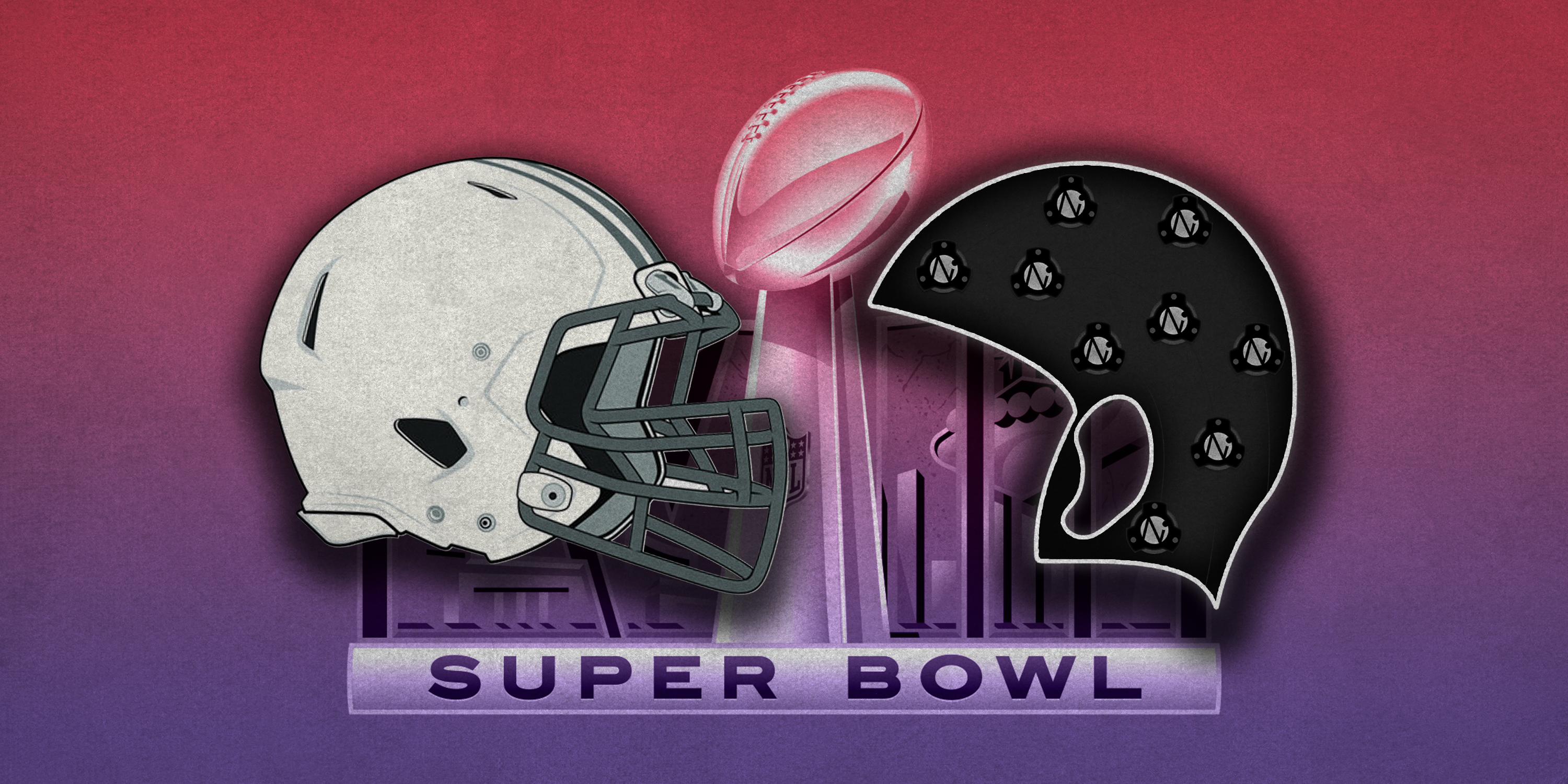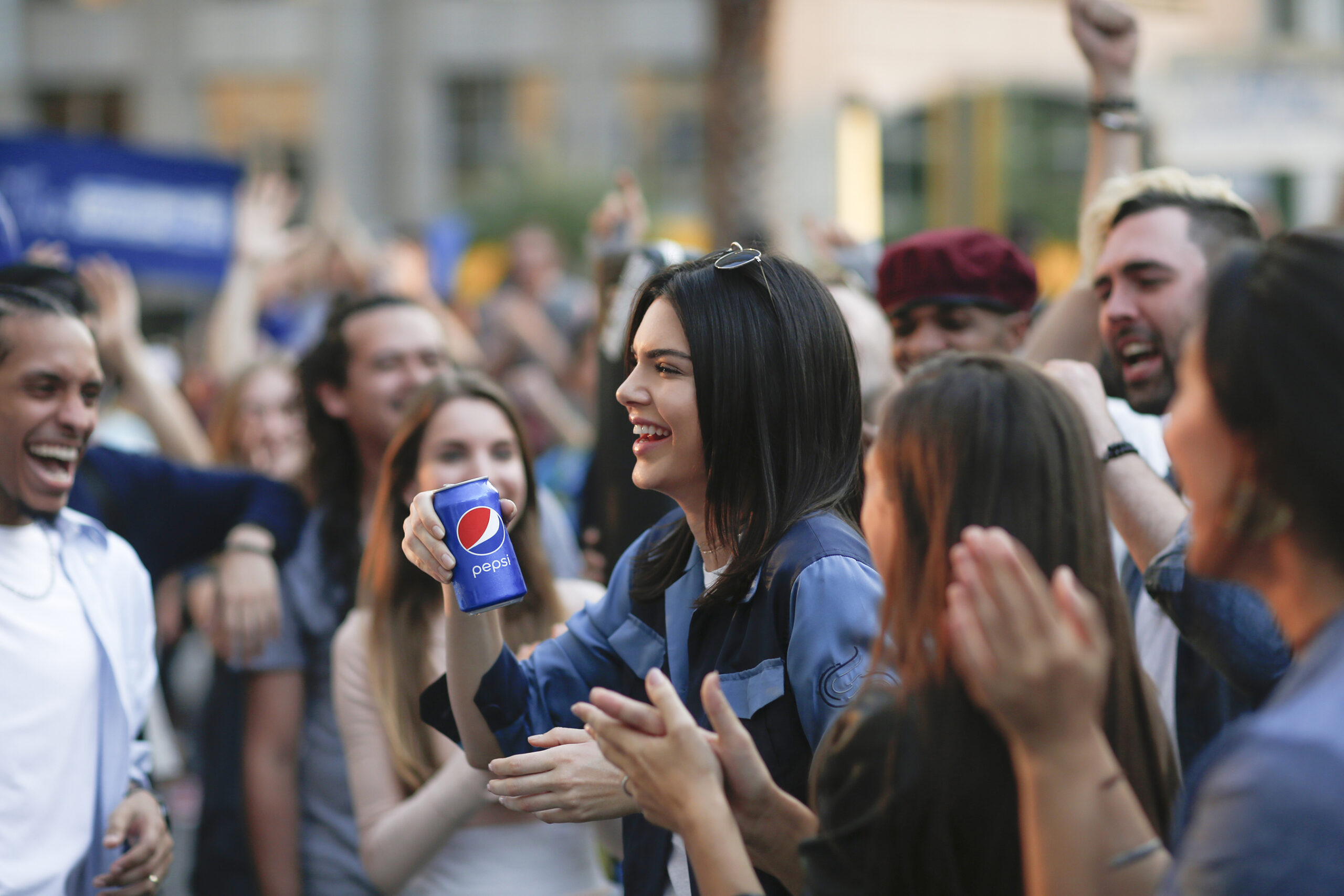
Every year around the holidays, we see scenes of jolly sing-alongs, warm baked goods, and laughter over family meals. This year, Walmart embraces the season with its newest campaign “All the Ways We Holiday” which conveys all the ways we practice togetherness, tradition, and a genuine atmosphere of positivity. So, how did Walmart’s creative stack up against the sea of holiday ads?
We turn to neuroscience to find out. At Neuro-Insight, we look to the subconscious to see how effectively brands (like Walmart) are able to communicate their message. Our patented technology, Steady State Topography (SST), allows us to measure second-by-second brain responses that breach the conscious and get to the root of human emotion and decision-making.
Our technology allows us to understand exactly what consumers are encoding into long-term memory. Memory matters because what we subconsciously decide to store in memory today becomes the base for our decision-making in the future (it is a predictive measure). As we explore what consumers are encoding into memory, we also look to the brain to tell us why a particular event or message is being stored — for this, we leverage key diagnostic metrics, including approach / withdrawal, emotional intensity, and engagement.
Coming in at number 3 on our holiday ad ranking list, we see that Walmart had low to moderate brand impact but was successful at making a relatable and emotional narrative. Here is what we learned:
Unity matters in advertising.
Throughout the 90-second ad, memory is strongest when people and/or groups are depicted together (i.e., putting up lights, prepping meals, shopping). For example, between seconds 30 and 35 you see spikes in both detail and global memory encoding as the family laughs around the dinner table. Detail memory encoding measures the consumers’ processing of detail elements in the ad (key messaging, brand logo, call to action, etc.) and global memory encoding measures the consumers’ processing of brand thematic elements in the ad (narrative structure, visual style, music, etc.).
Viewers are remembering the words, the scenes, the people, and the unity. Why? Well, we see simultaneous increases in engagement and emotional intensity suggesting viewers are strongly relating to these happy scenes of togetherness.
Familiar sounds make for good memory anchors.
As the latkes sizzle and the smoke alarm starts to blare we see spikes in memory encoding and engagement. All of us subconsciously know and cherish familiar sounds and relatable moments — as chaotic as they may be. Scenes like these make for optimal times to brand since memory encoding is high and viewers are strongly relating to the content.
Don’t forget about the brand linkage.
Despite the unity, the love, and the familiarity, Walmart was unsuccessful in linking the brand to the creative. Viewers will remember the scenes of laughter and food, but long-term memory encoding dips low during end branding meaning the connection between the story and brand is lost.
Walmart was successful, however, in linking its key messaging to the narrative. Around the 80-second mark, we see “All the things we need for the ways we holiday.” At that moment, both detail and global memory are high. Perhaps, Walmart could place branding here — above or below the messaging.
Walmart’s “All the Ways We Holiday” nails it when it comes to pulling on the heartstrings of viewers and reminding them of a long history of joyous holiday traditions. But, without successfully linking narrative to brand, consumers will walk away with holiday needs at top of mind but will not think to head to Walmart.
Watch the full timeseries below:











